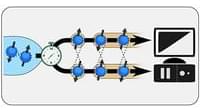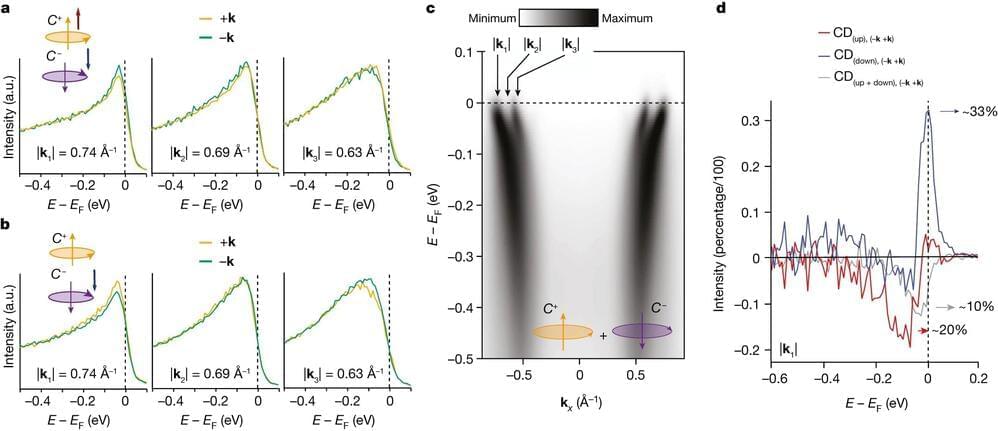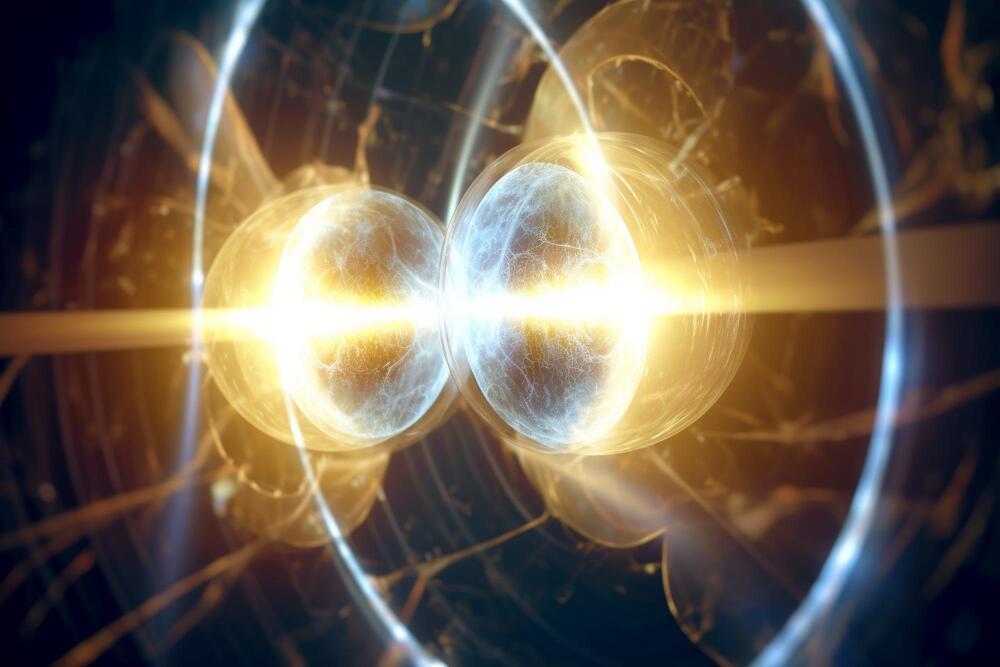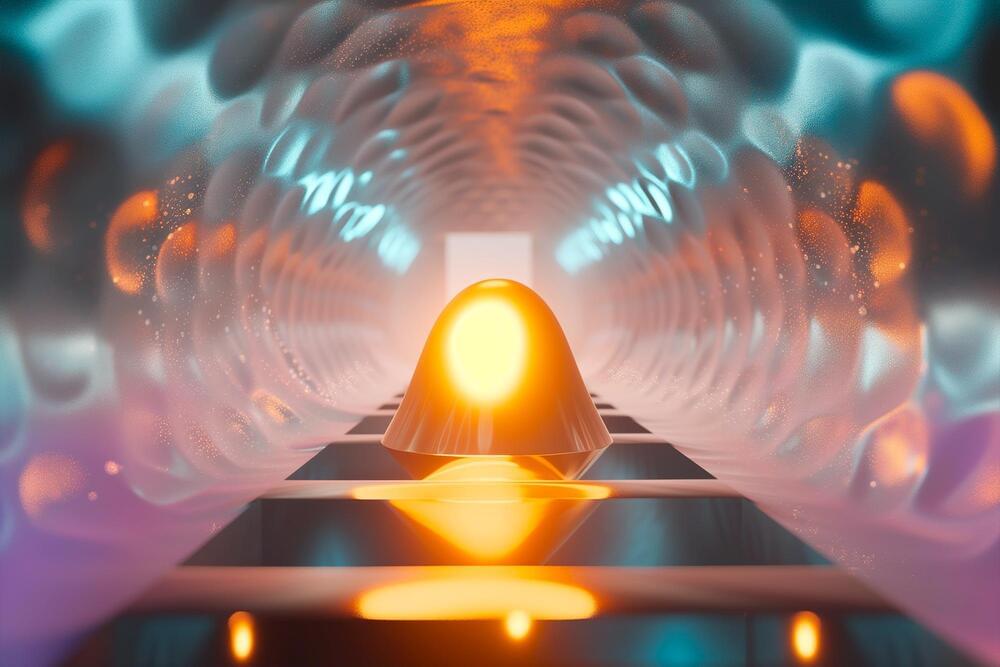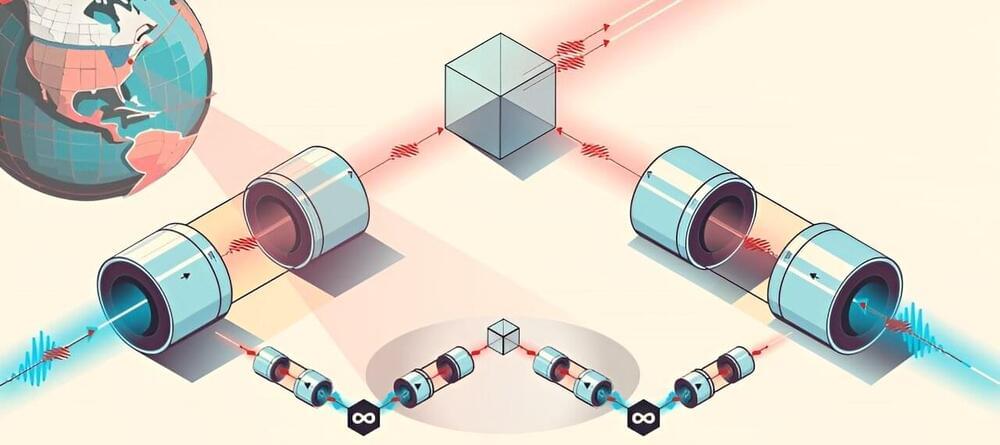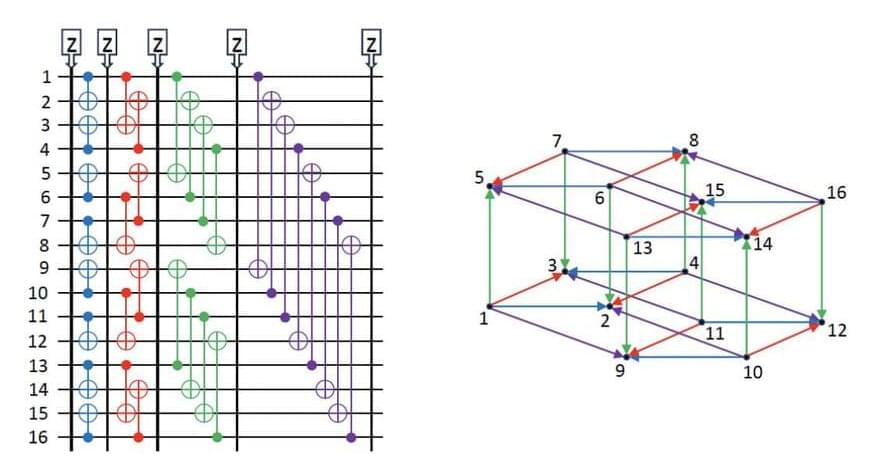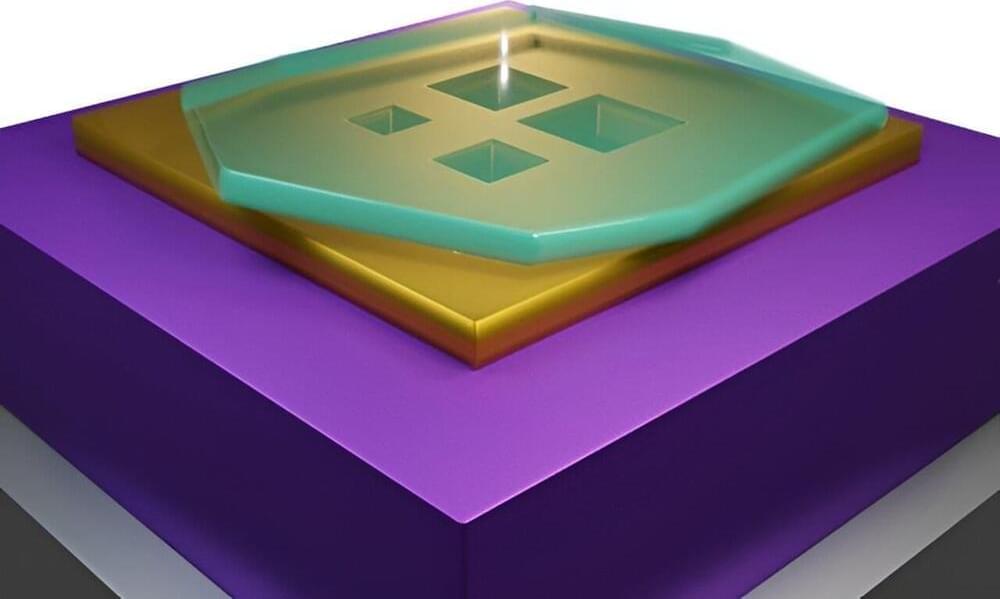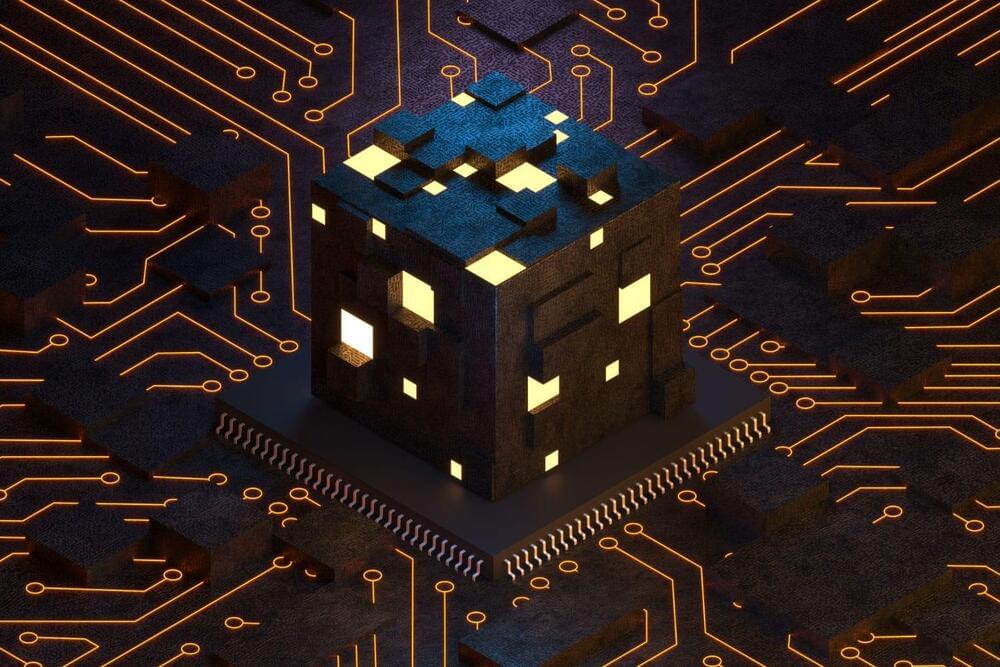Feb 8, 2024
Adiabatic Cooper pair splitter
Posted by Cecile G. Tamura in categories: materials, quantum physics
Cooper-Pair Splitting on Demand.
A proposed device can repeatedly grab pairs of electrons from a superconductor and separate them while preserving their entangled state.
By adiabatically changing the energy levels of two quantum dots, theoreticians predict that it should be possible to control the splitting of Cooper pairs from a superconductor. Such an adiabatic Cooper pair splitter could serve as an on-demand source of entangled electrons in future solid-state quantum technologies.
